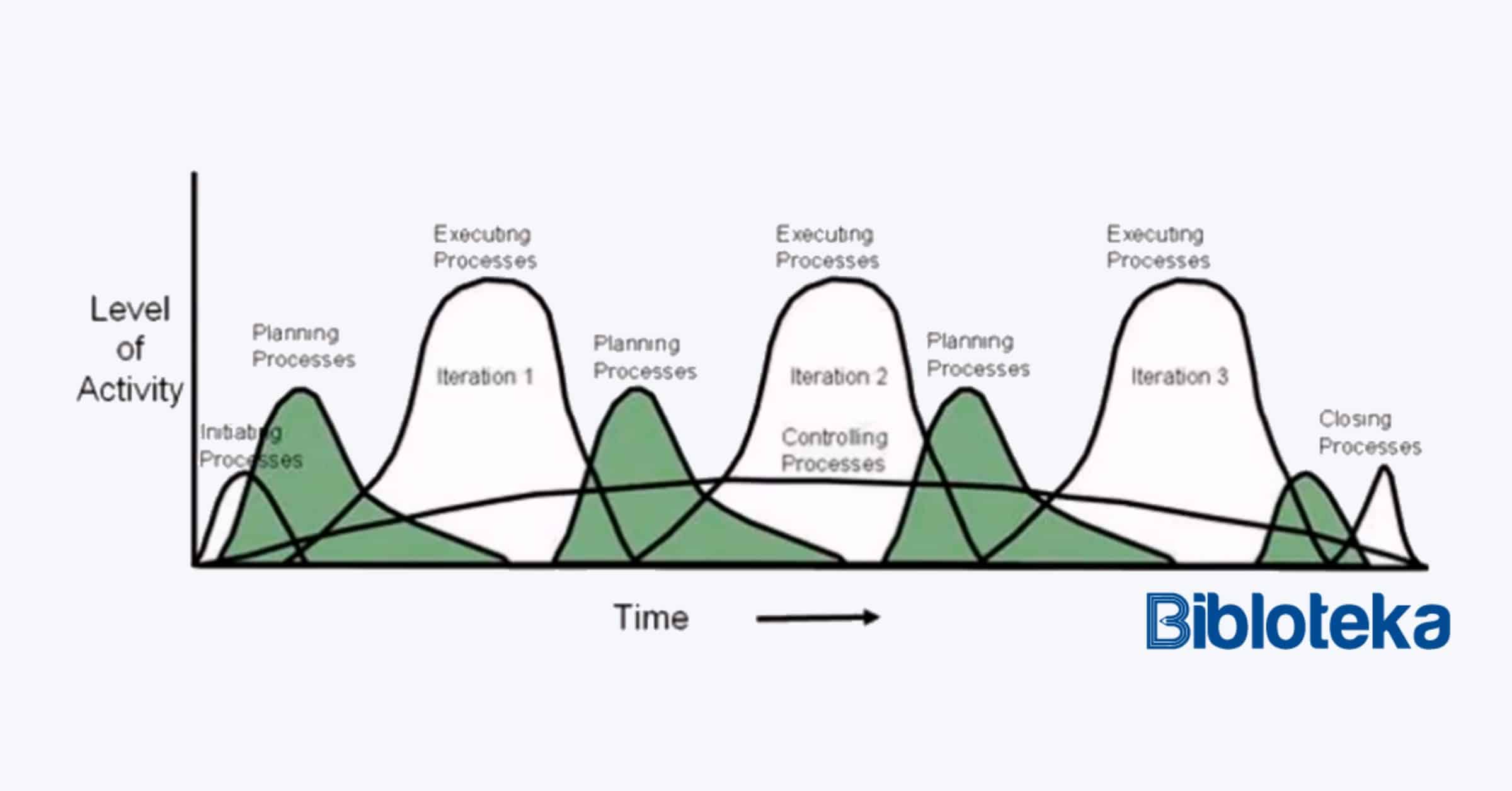If you want your product development projects to run smoothly, you must maintain a consistent cadence for long-term planning, short-term planning, and daily priorities. Long-term planning is done at a high level and on a less frequent basis. The details are captured during the Rolling Wave Planning (RWP) sessions, which concentrate on the short-term plan.
What is rolling wave planning?
Rolling Wave Planning is a strategic planning activity that occurs every week or two, depending on the project’s stage and how quickly things change. Rolling Wave Planning directs the team’s attention to short-term objectives, allowing for course corrections as needed.
What is Rolling wave planning vs Agile Sprints?
Agile (or, more specifically, Scrum) selects “Stories” from a backlog for the team to focus on for one Sprint for daily priorities (which is usually two weeks long). For hardware development, however, it is preferable to use Rolling Wave Planning to identify and capture the detailed tasks that must be completed in the near term.
This is due to the fact that work in hardware projects must be completed in a specific order, which necessitates the creation and management of a plan that shows task and project dependencies. And, similar to Agile or Scrum, we use Standups, or Huddles, to ensure everyone has the correct daily priorities and to uncover any bottlenecks. Standups can be held daily or every few days, depending on the stage of the project and how quickly things change.
What is Rolling wave planning vs Progressive elaboration planning?
Rolling wave planning is a type of progressive elaboration planning in which teams plan in detail for the near term.
What are the benefits of rolling wave planning?
- Ensure that you have identified the important details in the upcoming work.
- Assuring that team members are well-informed about upcoming events
- Creating buy-in and accountability
- Allows the team to adjust its course as new information becomes available and new risks emerge.
- Makes the long-term plan is more manageable
Rolling Wave Planning is a strategic planning activity that occurs every week or two, depending on the project’s stage and how quickly things change. Rolling Wave Planning directs the team’s attention to short-term objectives, allowing for course corrections as needed. Huddles (standup meetings) are a tactical activity that ensures the team stays focused on the right priorities every day.
Agile (or, more specifically, Scrum) chooses “Stories” from a backlog for the team to focus on for one Sprint for daily priorities (which is usually two weeks long). However, for hardware development, it is preferable to use Rolling Wave Planning to identify and capture the detailed tasks that must be completed in the near term. This is due to the fact that work in hardware projects must be completed in a specific order, which necessitates the creation and management of a plan that depicts task and project dependencies.
And, similar to Agile or Scrum, we use Standups, or Huddles, to ensure everyone has the correct daily priorities and to uncover any bottlenecks. Standups can be held daily or every few days, depending on the stage of the project and how quickly things change.
Rolling wave planning: a step-by-step guide
Rolling wave planning is a 6-step strategic process that combines top-down and bottom-up planning. Here’s how to go about it.
Step 1: Prepare for the rolling wave
The project manager is in charge of the planning. Recognizing risks and uncertainty and taking steps to reduce both is a part of this.
- Examine the product specifications with the rest of the team. If there is a lack of clarity and focus, requirements capture should be your first step.
- Consider technical constraints and determine which requirements must be met and by when. Consider the organization’s principles and philosophies when developing a new product design.
- Following that, strategy planning takes place, which includes reviewing approval cycles, roles and responsibilities, risks and issues, escalation, and so on. You should have a rough outline of the project lifecycle by the end of this stage.
Step 2: Top-down planning (and the work breakdown structure)
Begin with a top-down, bare-bones perspective. Collaborate with the team to develop time, budget, and resource estimates. Remember to keep things simple: Going into too much detail now would be a waste of time because the details are more likely to change. Here are some planning techniques you could employ at this stage:
- A work breakdown structure (WBS)
- An organizational breakdown structure (OBS)
- A product breakdown structure (PBS)
- A cost breakdown structure (CBS)
- A risk breakdown structure (RBS)
The work breakdown structure will be the star of the show. Avoid going below your top level during this stage: Consider broad strokes.
Step three: Start planning your first iteration (or wave)
It’s time to get into the specifics. Begin by taking a closer look at your first horizon (or iteration/wave), including budgets, resources, and timeframes. In your Gantt chart, add schedules and tasks.
- As more information becomes available, keep an eye on assumptions and constraints. Begin identifying work that may occur in future horizons (but remember to keep it flexible).
- Establish deployment dates so that the project team understands how and when to hand over the product.
- Define the next iteration/horizon stage’s dates. For each roll of the wave, the replanning work is updated.
Step four: Work out your baseline
You’ve planned your detailed first wave, as well as some other work that isn’t fully defined. Before determining your time, cost, and scope baselines for the first wave, conduct a risk analysis. Once you have this, you can begin to seek approval from managers, stakeholders, and sponsors.
Step five: Set off on the first wave
Things are relatively simple once you’re inside your first horizon/wave/iteration. You’ve got your tasks all planned out in your Gantt chart, and you know where you’re going. Capture information as you go (this will help you plan future horizons) and continue to reduce uncertainties as you go.
Again, project management software can be of great assistance here: it automatically captures information and keeps everyone up to date with real-time updates, allowing the project manager to be more hands-off.
Step six: Iterate your way toward project close
Continue through each horizon, repeating the process as you go, until you have completed your project and are ready to hand it over to deployment. Finish with a project postmortem and keep track of what you learned for the next one.
Final thoughts
To get the most out of rolling wave planning, managers must use the right tools for the job. Project management software simplifies the process by allowing the PM to let the software track tasks, schedules, and updates instead of manually tracking them. Meanwhile, team members can keep up with changing priorities and fast-paced schedules without missing a beat.









